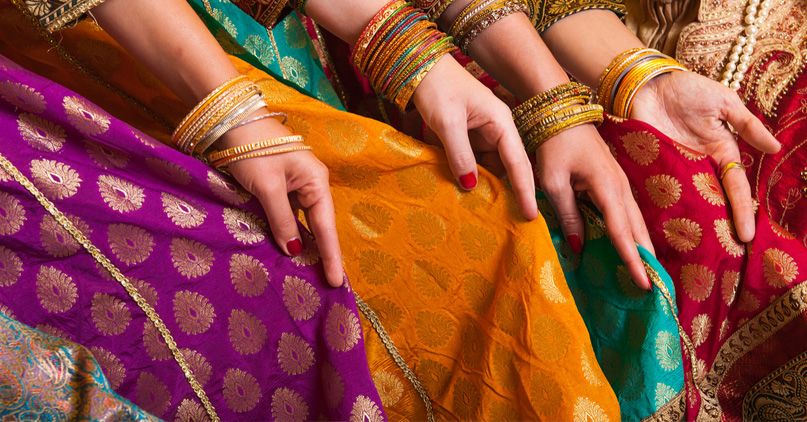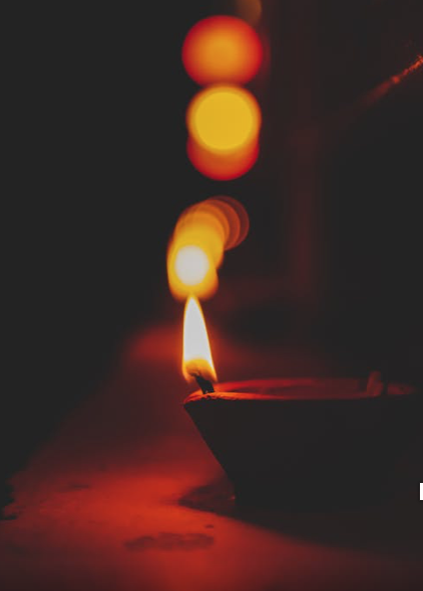The story of my suicide begins one Monday morning when I decided it was time to finally escape from my sorry-ass, pathetic life. I took down my acrylic, brightly colored globe from the shelf, placed my finger on bright pink Texas, and ran it across the same grid line halfway around the world until it landed on what was nearly its antipode: lime green Kathmandu, Nepal. I figured that if I traveled to a completely unfamiliar place, totally out of my comfort zone, I could finally make clear plans to take my own life.

So there I was, hiking in Kathmandu two months later when it happened. I stood speechless on the grassless brown hill, looking down across the muddy river to where a ceremony was taking place. The women were dressed in bright pink, orange, and canary yellow saris—long strips of cloth wrapped around their waists, with one end draped over their shoulders. The men wore silk sherwani—close-fitting garments fastened in the front that extended below the knee. A few men carefully wrapped a corpse in white shroud material, then carried it to the banks of the river and respectfully placed it atop a stack of wood, which lay on a platform composed of ten layers of black bricks.
My guide explained that as part of this ceremony, the firstborn son of the man who had died earlier that day had carried a branch to the family’s home fireplace and lit it. The son slowly walked across the platform and up to the wooden block and ignited the first layer of wood right under the body. He then carefully placed the lit branch onto the crown of his father’s head. The white shroud burst into flames.
Everyone present took turns putting more wood on the fire, leading a song or prayer or initiating a dance. I had stumbled on a Hindu funeral. It is a Hindu belief that the soul of the person who has just passed away is already on its way to the next level of existence—in other words, the soul is already gone.
This celebration is a time for friends and family to honor the life of the person who has just died and to confront the death openly.
The father’s ashes were brought to the river by his family and spread there: life and death commingled in this symbolic rite of passage. I found the fire powerful, intoxicating and purifying. I couldn’t look away.
In the West, after a death, we usually hand over our loved ones to be tended to and cared for by strangers. Most of the people I know haven’t held a dead pet, much less a dead body. Hindus, however, deal with death by dealing directly with their dead.

My baby daughter, Catalina, had died just before this trip. Catalina had been born prematurely. Her heart stopped, her lungs shut down, and she died before she had a chance to experience life. I never even held her.
No one knew this in Kathmandu. No one here knew that I blamed myself for her death and that, up until this moment, I had been unable to cope. I had been denying myself my feelings about what had happened. I just felt people in my life would be better off without me.
Death was a topic I hadn’t wanted to discuss because I didn’t understand the feelings Catalina’s death invoked in me. I had convinced myself that her body was just a shell, a thing that held no value to me. I was wrong. Her body represented the person who was no longer here, not just the baby she was but also the person she would have become, and not holding her even once kept me from understanding and processing what had happened.
But standing there in Nepal, I realized in an instant that the meaning of life and the meaning of death is connected. And if you love you must grieve.
Grieving is love moving in reverse. It’s as if love has jumped in a car and gone backward. I fell to my knees, put my head in my hands, and wailed. I couldn’t catch my breath. I was blindsided by grief. Suddenly I was standing face-to-face with emotions that I had avoided my entire life, emotions hidden deep inside me in places too difficult to reach.
On that cloudy, misty, gray day in Kathmandu, I began to think clearly for the first time in ages. I decided it was time to return home and get professional help.
 I finally managed my way out of deep depression by connecting to my grief in a meaningful way. Since I lost my daughter I thought I would help others who had lost theirs, so I started a foundation, Pink Crosses, in Juarez, Mexico that brought comfort and closure to the murdered girls of Juarez through forensic identification. When I helped the families, I found that I helped myself. I discovered that we find meaning by determining a purpose in our lives, doing work that makes a difference to others, developing meaningful relationships, and serving something bigger than ourselves. It does get better and finding meaning in the hopelessness does help.
I finally managed my way out of deep depression by connecting to my grief in a meaningful way. Since I lost my daughter I thought I would help others who had lost theirs, so I started a foundation, Pink Crosses, in Juarez, Mexico that brought comfort and closure to the murdered girls of Juarez through forensic identification. When I helped the families, I found that I helped myself. I discovered that we find meaning by determining a purpose in our lives, doing work that makes a difference to others, developing meaningful relationships, and serving something bigger than ourselves. It does get better and finding meaning in the hopelessness does help.
If someone you know is struggling emotionally or having a hard time, you can be the difference in getting them the help they need. Call the Suicide Prevention Lifeline, 1-800-273-TALK (8255) at any time. You will discover the resources that are available in your area or encourage your loved one to call.

Michelle, with deep heart felt gratitude I thank you for sharing your deepest experiences as you’ve traveled thru this lifetime. I always feel the energy in my heart and I feel it when I swallow the knot in my throat. You are, to me, always modeling just another possible way to be of service to humanity. You are my inspiration. Great love and great respect Michelle.
Bekki,
Just seeing this! Thank you my dear friend. Wishing you and yours the happiest of holidays!
Here’s to 2022!
Michelle